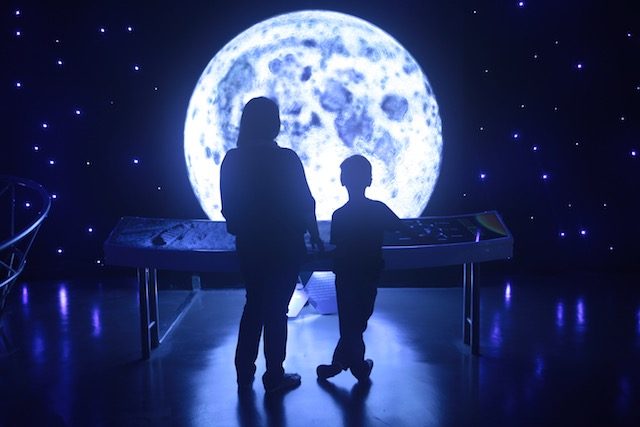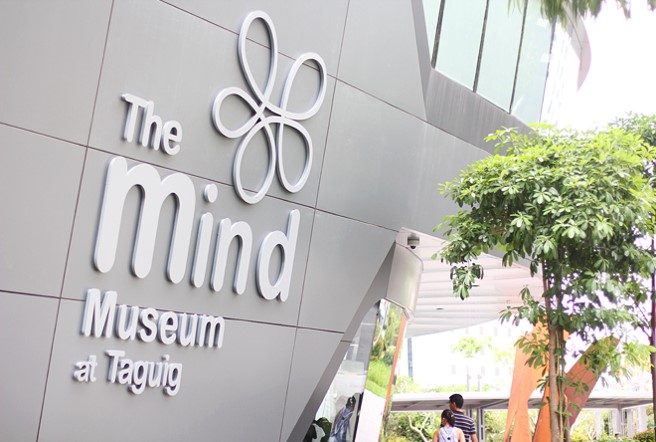SUMMARY
This is AI generated summarization, which may have errors. For context, always refer to the full article.

This year, The Mind Museum will be the host of the 2015 ASPAC Conference, an annual gathering of science museums and centers from all over the Asia Pacific region. Why is this conference a big deal for the Philippines and the international community? Maria Isabel Garcia, Curator of The Mind Museum and General Councillor, ASPAC Executive Council, tells us why.
Science centers around the world are organized according to regional associations. For Asia Pacific, it is the Asia Pacific Networks of Science & Technology Centres (ASPAC). Before 2001, science museums/centers joined other organizations in the other regions. But sensing that science centers and museums in the Asia Pacific region are growing at a faster rate than in any other region, and that we indeed, can contribute as a collective, to the world body, the founding council members thought that Asian science centers and museums should be able to have its own organization.
In 2007, when The Mind Museum was just being planned, we already joined ASPAC because we thought that we should learn from the other museums in the region with whom we share common cultures. The first time I attended ASPAC was in Miraikan in Tokyo in 2007 and there I had my first contact with this extremely supportive community. We planned visits to their museums to learn about their experiences and we asked them what they would have done differently. Five years later in 2012, The Mind Museum was completed and it owes that, in part, to our friends in the ASPAC community. Now, 8 years since we first attended ASPAC, and only 3 years since The Mind Museum opened to the public, we are now hosting ASPAC.
Science centers/museums are the places that bridge what we know about the natural world (which comes from the scientific community in universities and research institutions) to our lives. It is also the place where technology, which is what we do with what we know, can be taken apart so we can learn what makes it tick and what else can it lead to.

It is a big deal for science museums to get together every year to declare this with one voice: there is no single arena in life where science is a stranger. We are all “friends” of science whether we realize it or not.
A different ASPAC
This year, ASPAC will be a camp! It will be the first ever CAMP approach to this annual conference since previously, the conference took a more formal mode, mostly with lectures and paper presentations. The theme for ASPAC is 2015 is “inspiration” – from inspiring our own teams in doing our mission, to rousing our main audience, to “infecting” non-traditional supporters with our mission.
Science museum workers, including those from affiliated trades, would share approaches and secrets in the most participative way! To set the tone for the conference, we also thought it best to tap keynote speakers who, by their work, exemplifies passion and creativity outside the museum circle. We want to learn from other disciplines.
This is why we invited Dr. Nancy Andreasen, recipient of the US Presidential Medal of Science to speak on the “creative brain”, and the creative head of Disney’s Imagineering Division, Joe Rohde, who will talk about the scientific inspiration behind Disney’s compelling attractions.
Learn more about the ASPAC conference by visiting the official website, www.aspac2015.com. – Rappler.com
The conference will run from April 26 to 30, at The Mind Museum. Rappler is a media partner for ASPAC 2015.
Add a comment
How does this make you feel?
There are no comments yet. Add your comment to start the conversation.